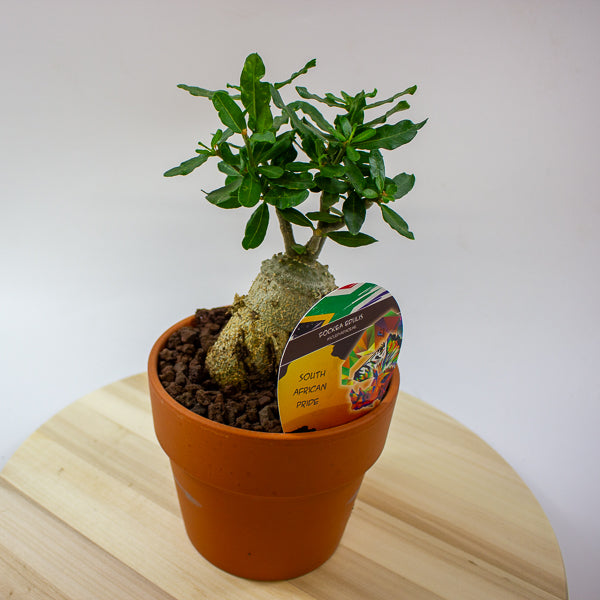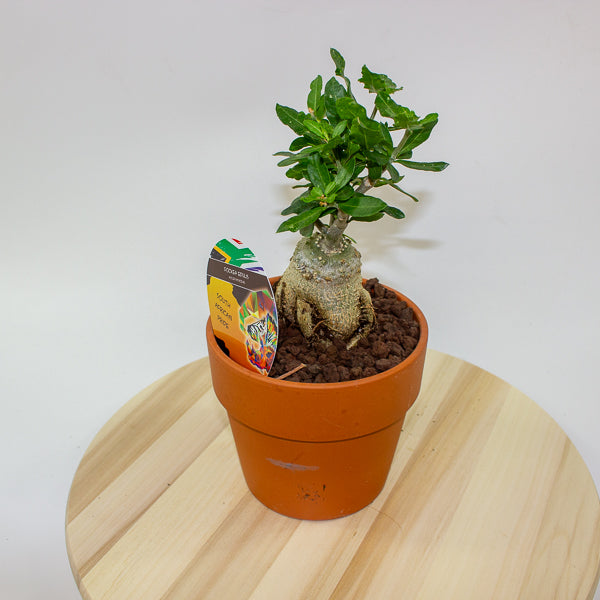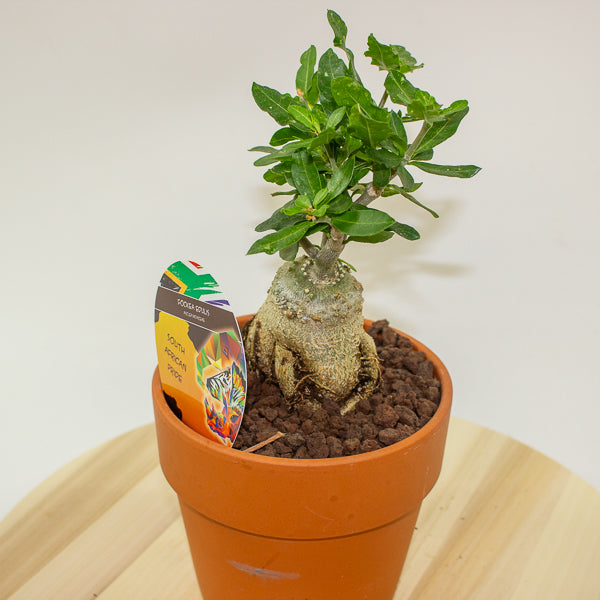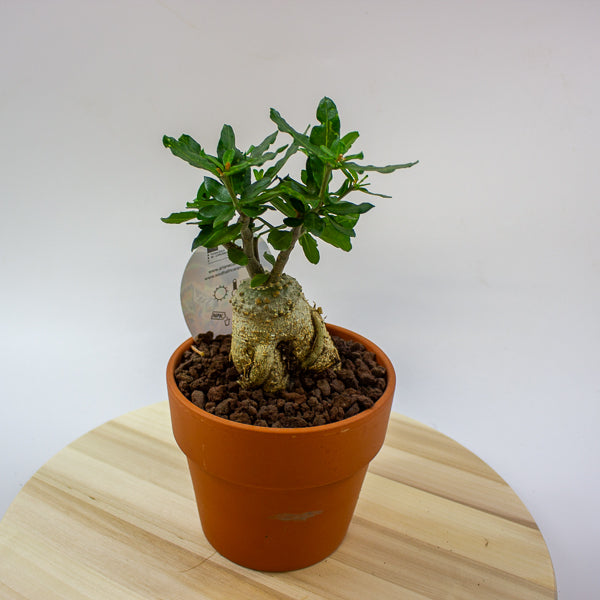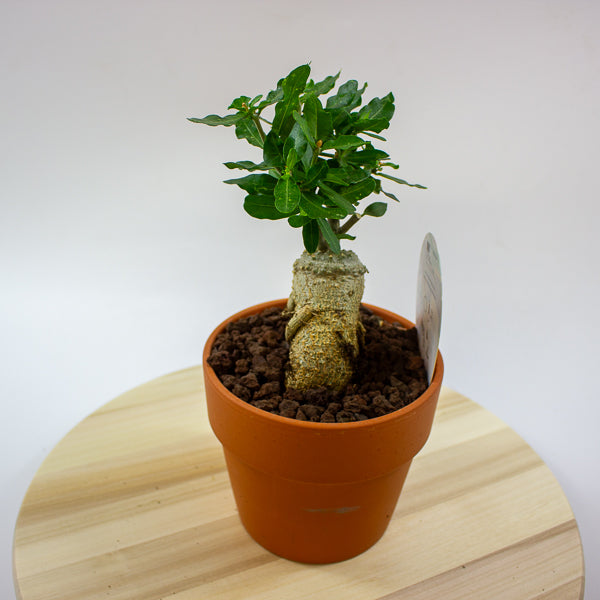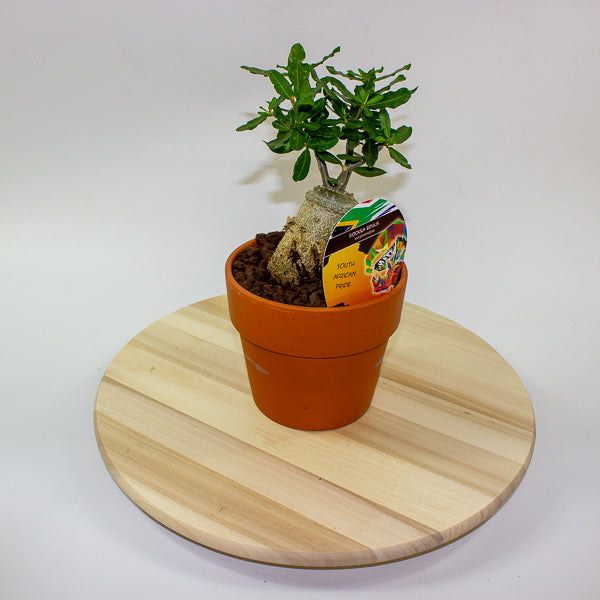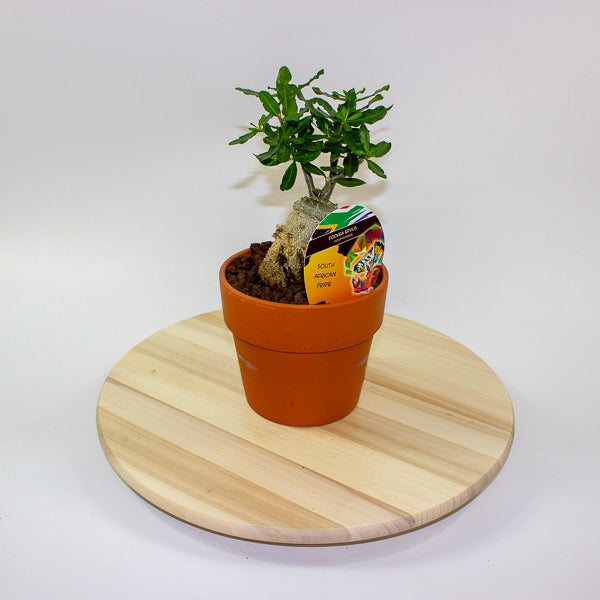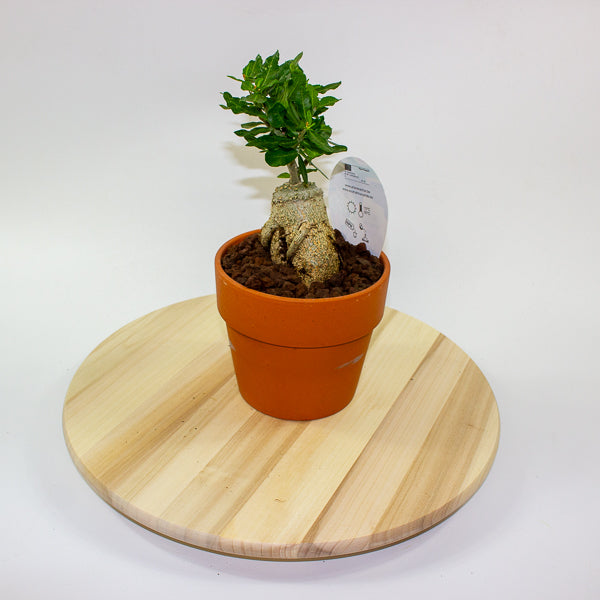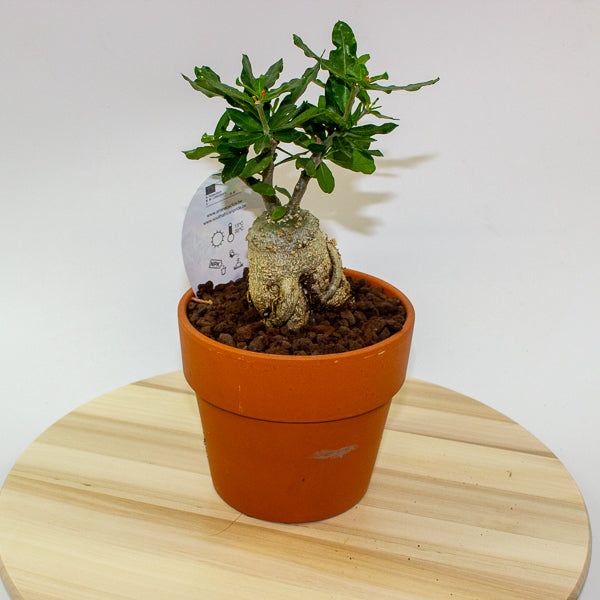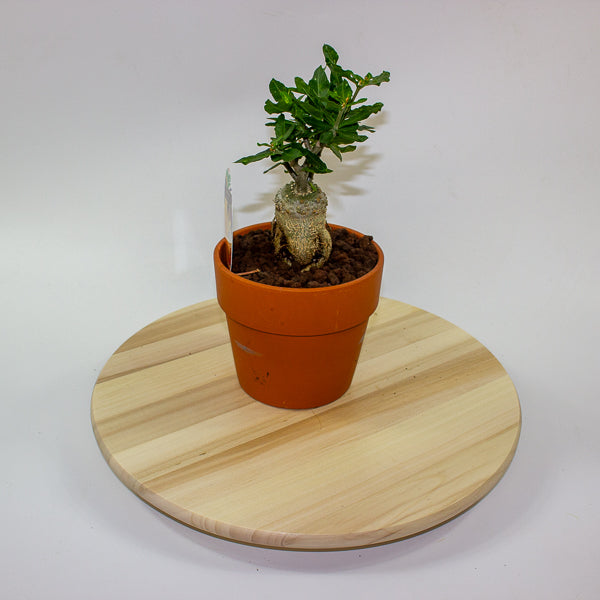1
/
of
10
Emm's Plant House
Fockea edulis 15cm H27.5cm
Fockea edulis 15cm H27.5cm
Regular price
£61.00 GBP
Regular price
Sale price
£61.00 GBP
Unit price
/
per
Taxes included.
Couldn't load pickup availability
Fockea edulis, commonly known as the Bushman's Pillow or Elephant's Foot, is a unique and striking succulent native to southern Africa. It is known for its thick, bulbous base, which stores water, and its slender, climbing stems. The plant's ability to adapt to arid environments makes it a perfect addition for succulent collections. Fockea edulis produces small, bell-shaped flowers and has a fascinating growth habit, making it a conversation piece for any indoor garden or succulent enthusiast's collection.
- Full Botanical Name: Fockea edulis
- Common Names: Bushman's Pillow, Elephant's Foot
- Country and/or Region of Origin: Native to southern Africa, particularly in Namibia and South Africa
- Growing Conditions in Native Habitat: Grows in arid, semi-desert regions where it is found in rocky or sandy soils, often in scrubland or grassland environments, thriving in the dry heat with low rainfall.
Care Guide
Care Guide
Share
